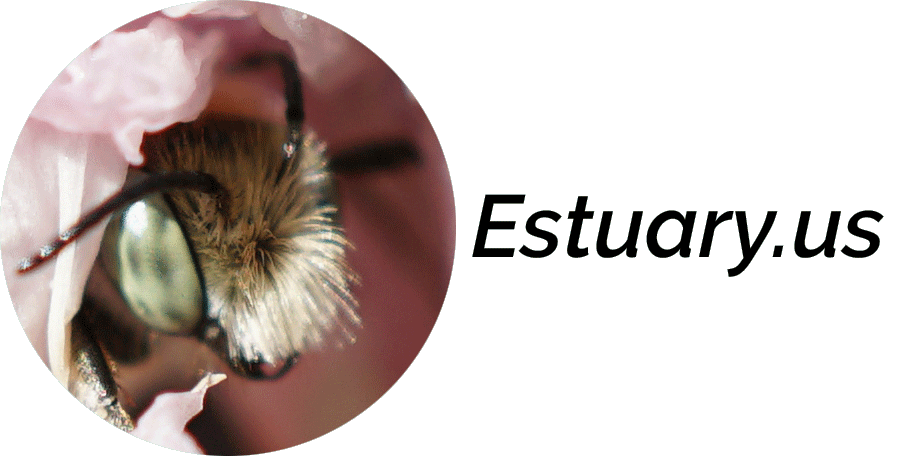Bumble Bees will not attend your picnic. Yellow jackets (Vespula pensylvanica) on the other hand, will crash your picnic, particularly in late summer.
Yellow jackets. Who likes them? They do not rank on my top ten list of favorite insects, but I have learned that they play an important role in maintaining balance in the natural world. For example, they control the populations of other insects because developing young wasps back at the hive require protein. While one could never call them agreeable, yellow jackets are, so long as one does not inadvertently step on a nest, more tolerable than certain individual and mob manifestations of our own species. Why do they seem to show up everywhere in late summer? I have read that they respond to color, or, that they are attracted to certain floral scents that may be present in body lotions, or, that like most human beings, they really like sweets. All of these may or may not be a source of attraction. In my personal experience, the presence of some form of sugar is the most common denominator.
As summer unravels, the female worker has completed her life’s work of gathering nectar and protein for the queen and several broods of young wasps. She has finished tending the final brood, the fertile kings (that die soon after mating) and longer-lived queens that will carry the species forward into the following year. After the royals leaves the hive, the veteran worker’s sole responsibility is to feed herself. All she wants is sugar, an energy source that tends to be found in close proximity to human beings. Think soda, watermelon and beer or, if you are running, hiking or cycling, sports drink, energy gels, etc.
A new queen will overwinter in leaf litter or wherever she can find suitable shelter. Nests are often established in or close to the ground in abandoned reptile or rodent burrows. In the spring a young queen will lay her first brood of workers, tending them herself until they mature. The workers then take over the tasks of feeding the queen and subsequent broods while the queen spends the rest of her life in the hive laying eggs.
I do not have to attend a picnic to be approached by a creature, formidable for her size, that appears to fly straight at me then stops abruptly to hover about six inches away from contact. At this proximity she employs a hypnotic maneuver, flying side-to-side like a double-time pendulum while assessing the reluctant object of interest. If the insect can perceive what I am at all, which is doubtful, this behavior seems wise when one considers that from the insect’s perspective, every action is fraught with life or death consequences. I used to think the behavior was aggressive, that the creature possessed a premeditated intent to sting me, so I would panic and run away, usually screaming. My husband would be unable to contain his laughter at my sudden hysteria, then respond to my indignant glare by pointing out the size differential between me and a solitary yellow jacket. I would acknowledge the point, but counter with the fact that just one can sting repeatedly.
Observation has taught me that sudden, aggressive movements seem to inspire reciprocal behavior from the yellow jacket, increasing the chance of pursuit and and possibility, of being stung. Better to practice calm, to adopt an attitude of alert nonchalance while moving promptly out of range.
Sometimes ranges collide. A few days ago I was descending a hill on my bicycle when a insect flew into a top vent in my helmet. I continued the descent, resisting the impulse to touch or adjust my helmet. When I got to the bottom of the hill I stopped, took the helmet off and shook it, but saw nothing. I brushed the top of my head, an unwise move in retrospect. A stunned yellow jacket dropped to the pavement. I think that my hair may have protected me from being stung. I am certain that my helmet was the last place on earth she wanted to be.

